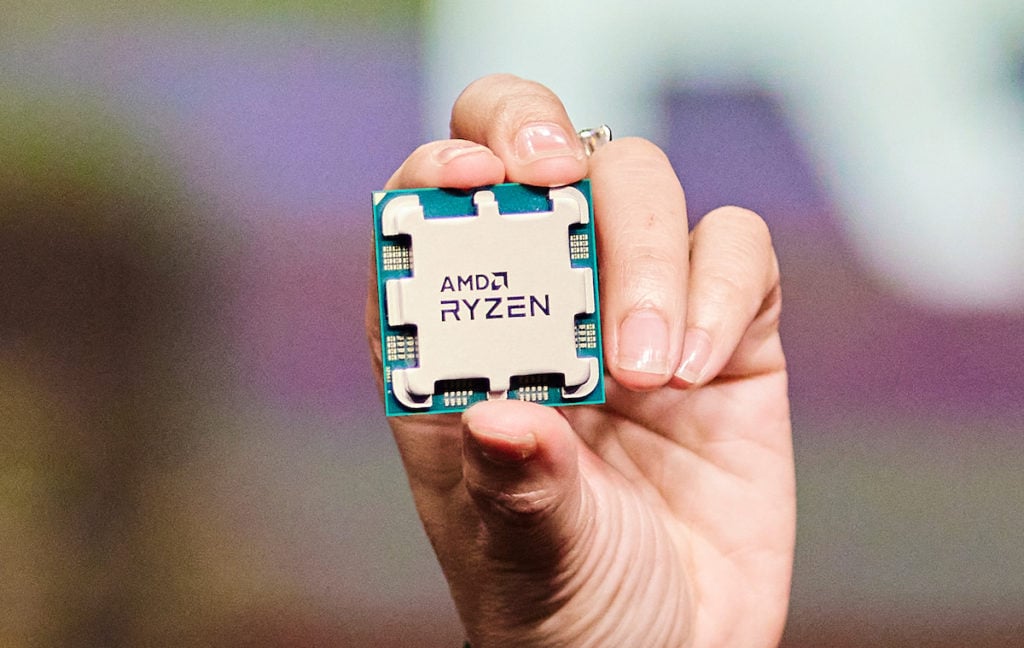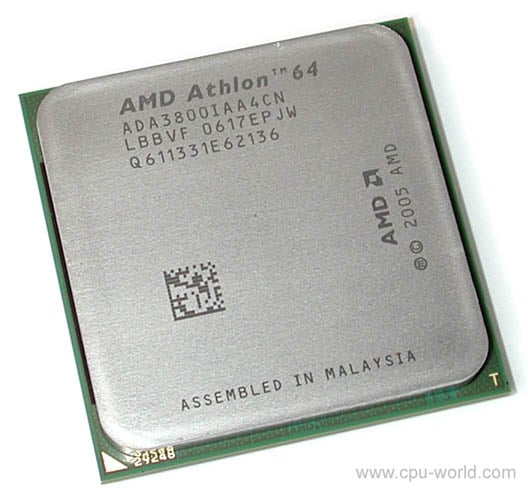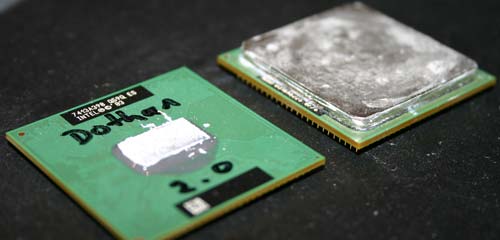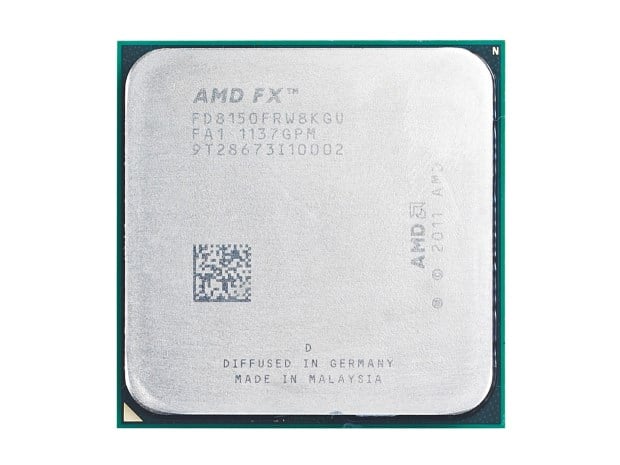For nearly 50 years, AMD has been the subject of polarising debate among technology enthusiasts. AMD is one of the oldest designers of large scale microprocessors. Its story is action-packed, with heroic triumphs, rash decisions, and a near-miss with rack and ruin. AMD has persevered, persisted, and triumphed where other semiconductor companies have failed.
Advanced Micro Devices (AMD) was on the edge of bankruptcy just a few short years ago.
Almost every financial expert criticised the firm due to its prolonged net loss of $7 billion. It was labelled “uninvestable,” and its stock price plummeted to under $2 per share by 2015.
The company’s stock is now worth more than $90 a share. Its stock has increased about 5000% in just five years, cementing its position as one of the world’s most successful CPU companies, capturing significant market share from industry giants such as Intel.
Before delving into what led to AMD’s present success, we’ll take a look back at the company’s turbulent history, examining management decisions, financials, and the competitive environment that contributed to its near-death experience.

The achieving years:
AMD was a strong semiconductor company in the early 2000s. Jerry Sanders, the company’s CEO, drove the company to $1 billion in profits in 1999, and its Athlon processors were selected CPU of the Year. The business appeared to be invincible.
It originated as a second-tier processor supplier for Intel-based firms. Larger computing companies didn’t want to rely only on Intel for computer components, so they licenced it to make AMD-branded Intel processors.
The majority of the designs for these CPUs came from Intel, despite the fact that they were manufactured by AMD.
Intel eventually began to see AMD as a potential threat and withdrew it’s access to its designs.
The time had come for the company to develop their own processors, which they began by reverse-engineering existing Intel devices.

As you can expect, this strategy did not go over well because the complexity and time it took AMD to reverse-engineer the chips meant they would be largely non-competitive when it came time to sell them.
In 1993, Intel’s first Pentium processor contained 3.1 million transistors, while the following Pentium Pro chip had expanded to 5.5 million transistors within two years.
In 1996, AMD announced the K5, an original CPU that matched the capabilities of the Pentium III from 1993.
By 1999, they had acquired NexGen, a fantastic up-and-comer in the microprocessor area, and the two companies collaborated to create the extraordinary K7 Chip.
AMD’s net sales increased from $2.5 billion in 1998 to $4.6 billion in 2000, and the firm celebrated by renting out the San Jose arena.
Their chips were a huge hit during the next two years. AMD controlled over 25% of the server industry because of their new K8 Chip, which featured a strong desktop compatible architecture.
For several years, AMD successfully iterated on the K8 processor, making several architecture and manufacturing advancements.

When challenging years:
Despite these achievements, AMD faces a difficult path ahead due to escalating internal conflict and financial concerns caused by over chip supply, the unnecessarily expensive construction of their new Dresden Fab 30 manufacturing site, poor margins, and looming debt.
AMD would start spending billions of dollars on numerous plants.
AMD would start spending hundreds of millions of dollars on numerous plants.
These irrational expenditures were predicated on AMD’s ability to sell chips, which was mostly reliant on Intel’s failure to remain competitive in the server market. When Intel, the colossus, awoke, everything changed.
The Pentium M chip was developed by Intel with the help of a tiny but skilled team in Israel. The chip was a success after increasing clock speeds, adding a second core, and modifying it for server compatibility.
The processor outperformed AMD in terms of speed and efficiency. Intel was able to quickly win market share in the server sector and reclaim the desktop market as a result of this. AMD’s chances were slim to none.

With their new line, Intel has built an amazing rhythm. Every year, they would tweak their existing portfolio, making CPUs that were quicker, smaller, and more energy-efficient.
Despite the fact that AMD’s CPUs improved over time, they were finally shut out of the high-end market and forced to compete on price, exacerbating the problems already present.
Internal problems were even worse as a result of financial difficulties. An internal disagreement erupted when they paid $2.5 billion for ATI, a GPU manufacturer.
There were significant differences in company culture and perspective, as well as a significant CPU vs GPU division. Employees on one side of the split would put their own interests ahead of others, resulting in poor product quality and lengthy delays.
AMD’s processor launches in 2007 and 2011 were both a disaster. They were late in delivering and fell short of expectations in terms of performance.
Intel dominated the mid-2000s market with excellent execution and a significant share. By market capitalization, Intel has grown to be 60 times bigger than AMD.
All seemed to be lost by 2014. AMD was buried under a mountain of debt, and demand for PCs appeared to be dwindling. The stock was quickly approaching zero.

The Comeback – Lisa Su Entered:
After two years as a C-Suite executive, Lisa Su was named president and CEO of AMD in October 2014.
Everything changed when Lisa walked in. A business strategy was created with a long-term perspective in mind. She devised a successful debt-reduction plan and concentrated processor design and manufacturing on computer gaming, cloud, and data centre compatibility.
Lisa Su is one of the most amazing CEOs of our time, especially in the field of high-performance computing.
She is a Taiwanese-American immigrant who earned her bachelor’s, master’s, and doctoral degrees in electrical engineering at the famous Massachusetts Institute of Technology.
She worked with semiconductors for a long time before saving AMD. She worked for Texas Instruments as a member of the technical team, for Free-scale Semiconductor as the General Manager, and for IBM as the leader of worldwide semiconductor research and development.
She was named Executive of the Year by the Economist, World’s Greatest Leaders by Fortune, and the 26th Best CEO of 2019 by the Harvard Business Review, among many other honours. She also received the highest remuneration of any CEO in 2019 of $58.5 million.

AMD’s Current Business Model:
Lisa Su took over as CEO and made a number of long-term reforms. The following is a list of them:
- Develop cost-effective central and graphics processors aimed particularly at the computer gaming market.
- High-performance and embedded processors for enterprise data and cloud applications are available.
- Debt should be reduced.
In the semiconductor area, AMD has a history of attempting everything and anything. They bought a lot of companies, spent a lot of money on manufacturing, and in the process, they splintered the company’s culture.
Lisa Su concentrated AMD’s attention on areas where they excelled and eliminated those areas where they were lacking.
Final Words:
Isn’t AMD’s journey an inspiration for every company, what are your views on this let us know down?
Also Read:








